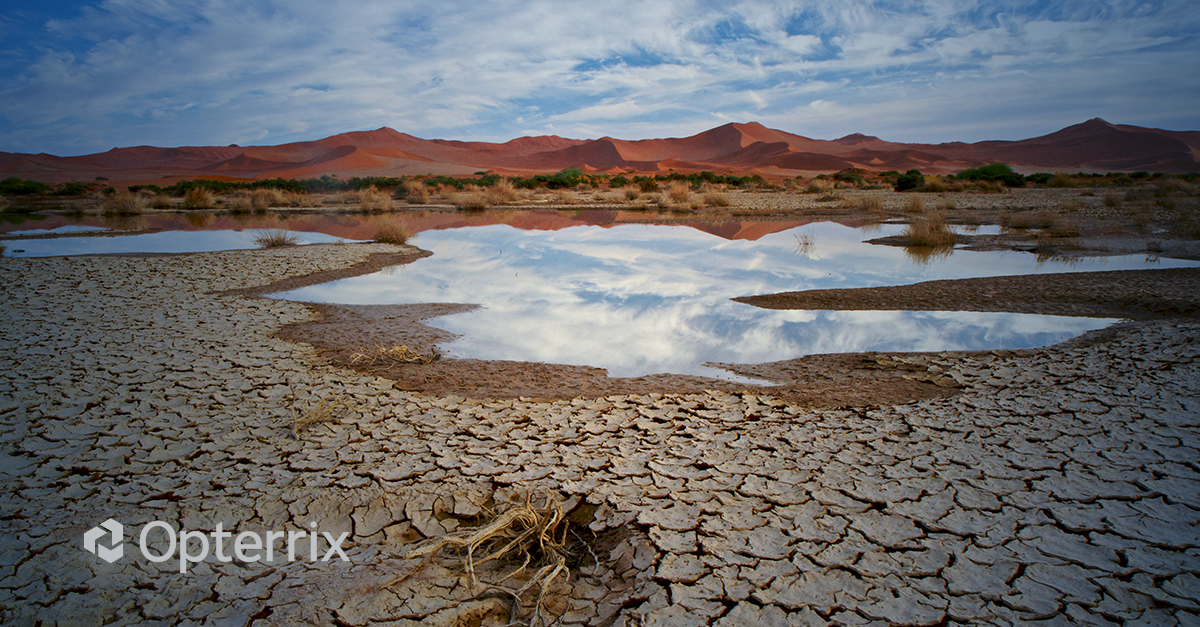
Next month, Climatologists from NOAA NCEI will release 30 years of weather and climate data from across the U.S. to serve as the nation’s updated climate “normals” for the next ten years. The much-anticipated update will span from 1991 to 2020.
NOAA climate scientists have been releasing 30-year Climate Normals updates every ten years since 1935, in accordance with the World Meteorological Society (WMO). The most recent Normals batch was released in 2010, and spans from 1981 to 2010. The data includes daily and monthly Normals of temperature, precipitation, snowfall, heating and cooling degree days, frost/freeze dates, and growing degree days calculated from observations at approximately 9,800 stations operated by NOAA’s National Weather Service.
Mike Palecki, the project manager for NOAA’s 1991 to 2020 Climate Normals, stated, “NOAA’s Climate Normals provide a baseline to compare yesterday’s weather and tomorrow’s forecast to a standard for each location and time of year. They can be used to understand the impacts of climate on many activities such as agriculture decision support, electricity load planning, building heating requirements calculation, construction scheduling, and many other factors impacting all sectors of the economy.”
NOAA’s upcoming May update will also include a shorter 15-year Normal, a high spatial resolution monthly Normals dataset for the continental U.S., along with new tools and methods to access Normals data. Once released, the New NOAA Normals data will be available to the public from NCEI.
Updated climate normals will help inform insurers’ decision-making, especially underwriting and risk management. “These new Normals are a better baseline for today’s climate, helping inform activities in many economic sectors,” Palecki added. “Interestingly, this shift will result in there being fewer ‘above normal’ temperature days in most of the U.S. at the start of this decade compared to recent years that used the previous Normals cycle. Climate will continue to change in the U.S. during this decade, however, so we will need to do this again in 2031.”
Resources:
NOAA/NCDC: https://www.ncdc.noaa.gov/data-access/land-based-station-data/land-based-datasets/climate-normals
NOAA/NCEI: https://www.ncei.noaa.gov/news/Upcoming-NOAA-2020-Climate-Normals
